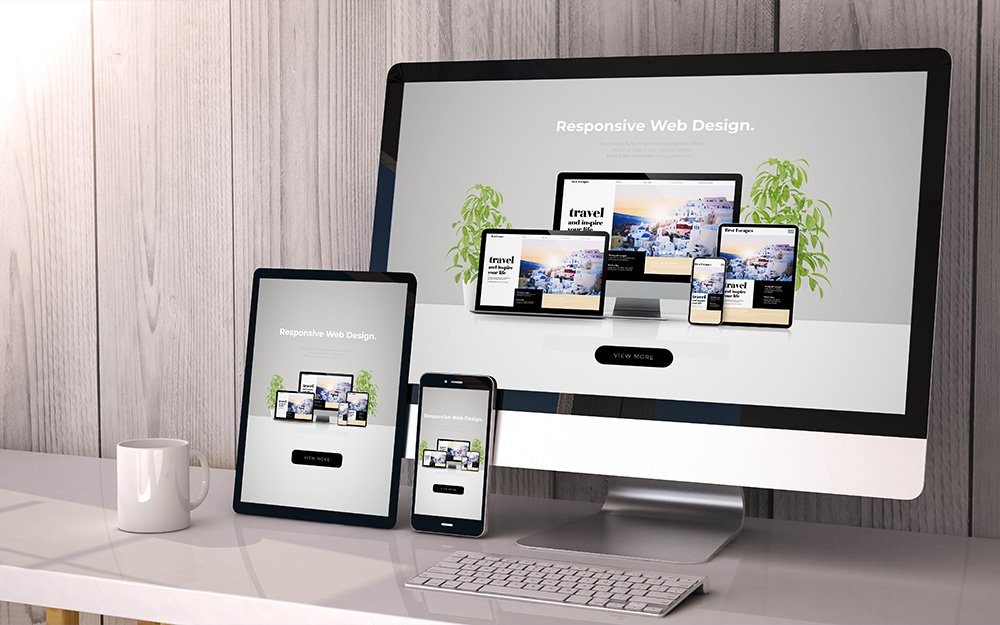In an era where mobile devices dominate internet usage, having a mobile-friendly WordPress site is no longer an option—it’s a necessity. With millions of users accessing websites through smartphones and tablets, ensuring that your WordPress site caters to this audience is crucial. In this article, we’ll explore the best practices for designing a mobile-friendly WordPress site, optimized for both SEO and an exceptional user experience.
1. Choose a Responsive Theme
Keyword Phrases: Responsive WordPress theme, mobile-friendly design
Your WordPress theme serves as the foundation of your site’s design. Opt for a responsive theme that adjusts seamlessly to various screen sizes and resolutions. A responsive theme ensures that your site looks and functions well on both desktop and mobile devices.
2. Prioritize Mobile-First Design
Keyword Phrases: Mobile-first design, responsive web design
When designing your website, adopt a mobile-first approach. Start by creating the mobile version and then scale up to larger screens. This approach guarantees that your site remains user-friendly on smaller devices, where space is limited, before expanding to larger screens.
3. Optimize Images and Media
Keyword Phrases: Image optimization, mobile-friendly media
Large images and media files can slow down your site’s loading speed on mobile devices. Use image optimization plugins and compress images to ensure fast loading times. Additionally, consider using HTML5 video players for smoother playback on mobile devices.
4. Streamline Navigation
Keyword Phrases: Mobile navigation, user-friendly menus
Simplify your site’s navigation for mobile users. Use clean, concise menus and navigation bars that are easy to access and navigate with a touch screen. Avoid clutter and prioritize the most important content.
5. Compress and Minify Code
Keyword Phrases: Code optimization, website performance
Compress and minify your website’s code to reduce file sizes and improve loading speed. Use plugins like WP Super Minify to automate this process while maintaining the site’s functionality.
6. Test Across Multiple Devices
Keyword Phrases: Mobile testing, cross-device compatibility
Regularly test your site on various mobile devices and browsers to ensure it functions correctly and looks appealing to all users. Embrace responsive testing tools to identify and fix any design or functionality issues.
7. Implement Touch-Friendly Elements
Keyword Phrases: Touch-friendly design, mobile user experience
Design your site with touch screen interactions in mind. Ensure that buttons, links, and interactive elements are large enough to tap without difficulty. This enhances the user experience for mobile visitors.
8. Optimize Typography
Keyword Phrases: Mobile typography, legible text
Choose legible fonts and font sizes for mobile screens. Avoid using tiny text that requires zooming, as it can frustrate users. Maintaining a clear and readable typography style enhances mobile-friendliness.
9. Use Accelerated Mobile Pages (AMP)
Keyword Phrases: AMP for WordPress, mobile page speed
Consider implementing AMP, an open-source initiative by Google, to create lightning-fast mobile web pages. AMP pages load almost instantly, enhancing the mobile user experience and potentially boosting SEO rankings.
10. Leverage Mobile SEO Practices
Keyword Phrases: Mobile SEO, mobile search optimization
Ensure your site is mobile-optimized for search engines. This includes optimizing meta titles and descriptions for mobile search results, utilizing structured data, and ensuring fast loading times, all of which can improve your mobile SEO rankings.
A mobile-friendly WordPress site is no longer an option—it’s a necessity for success in the digital landscape. By following these best practices, you can create a website that not only caters to mobile users but also performs well in search engine rankings. Keep in mind that mobile-friendliness is an ongoing process, and staying updated with the latest design trends and technologies is key to maintaining a seamless user experience on all devices.
Disclaimer: The information provided in this article is intended for general guidance and informational purposes only. While following these best practices can help you design a mobile-friendly WordPress site, individual results may vary based on factors such as your website’s unique content and goals. We recommend consulting with a web design professional for personalized advice and to ensure the optimal mobile performance of your WordPress website.
